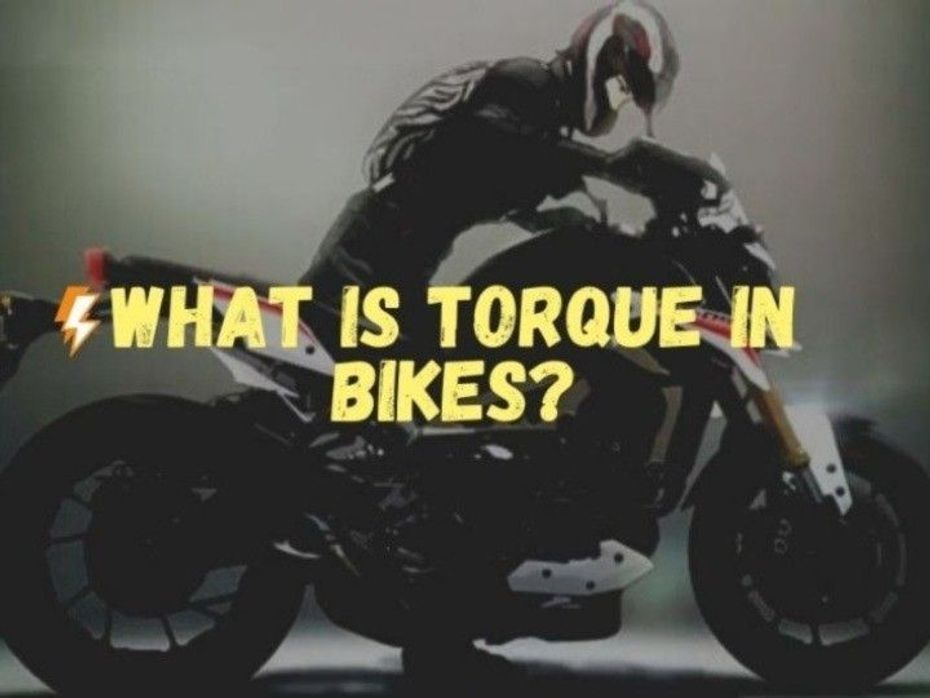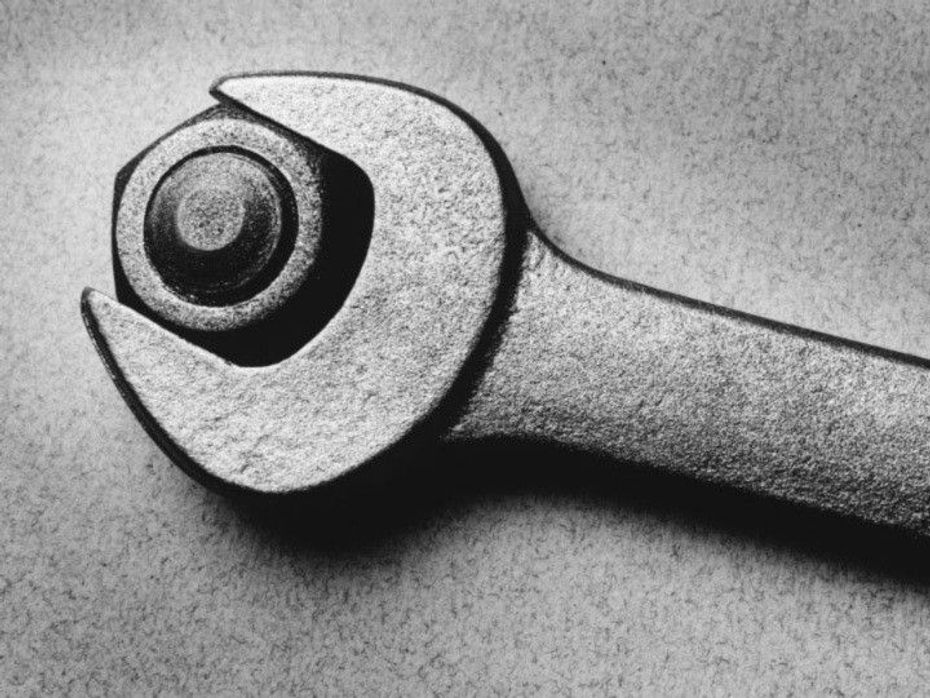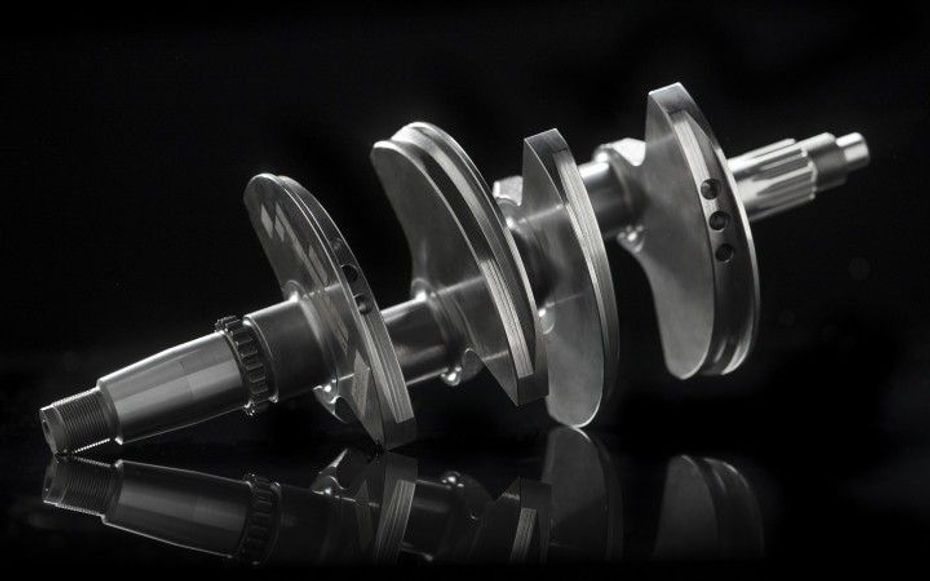Explore all New Cars of 2024
 Lamborghini Urus SE Plug-in Hybrid Revealed: Top 7 Highlights
Lamborghini Urus SE Plug-in Hybrid Revealed: Top 7 Highlights


When you’ve seen spec sheets of new motorcycles, you must have seen the word “torque” mentioned in them, usually around the word “power”. Power is something that we instinctively understand, even though the scientific definition is quite complicated. But torque… that’s not a concept most of us can instinctively grasp. So here’s an explanation of the word ‘torque’ that should hopefully put any doubts to rest.
By the simplest definition, torque is a rotational force. But what is a “force”? Again, instinctively easy to understand, but physics defines a force as a push or pull on an object that makes it change its velocity. Imagine you have a trunk sitting at rest on your floor. To make it move, you push against it. You’re basically applying a ‘force’. The moment you stop pushing, the trunk will stop moving because of its friction against the floor. So the force is only applicable till you’re pushing and the trunk is moving. Also, you have to push the trunk in a particular direction to get it to where it needs to be. So that means that force always has a direction - i.e. it’s a vector. The standard unit (SI) for force is Newton (N).

Now that we have an understanding of linear force, let’s delve into what a rotational force is. Suppose you have to undo a nut from a bolt. You can’t push or pull it in a straight line. That won’t make it move. A linear force won’t work. In order to undo it, you need to rotate it, and to do that you need to use a spanner. Once you hook one end of the spanner on to the bolt, you push the other end down or pull it up, and that applies a rotational force on the bolt. Basically, the spanner acts like a lever, translating your linear force into rotational. This is called torque. This rotational force can be measured by multiplying the linear force you’re applying to the spanner (in Newtons) to the length (in metres) at which you’re applying that force, i.e. the distance between the nut and the end of the spanner which you’re applying the force to. That’s why the SI unit for torque is Newton-metre (Nm).

Well, we all know that wheeled vehicles move by rotating their wheels, which are rotated by the engine through its rotating crankshaft. So the rotational force the crankshaft produces is the torque of the bike. This is not a constant number, and increases along with engine rpm (up to a certain point). So the maximum, or peak torque is what companies mention in their spec sheets. Since force is responsible for change in velocity, in simple terms, this torque is what changes the speed of your bike, whether from a starting from a standstill or when already in motion. And generally more torque means it can change the velocity of your bike quicker; i.e. more torque gives you better acceleration.
India's largest automotive community